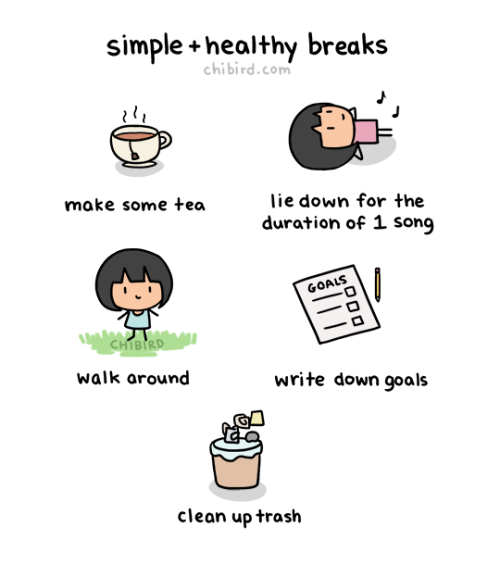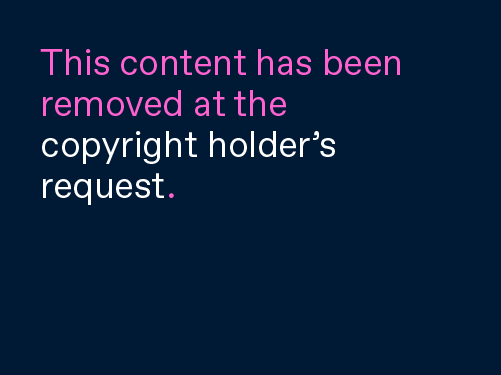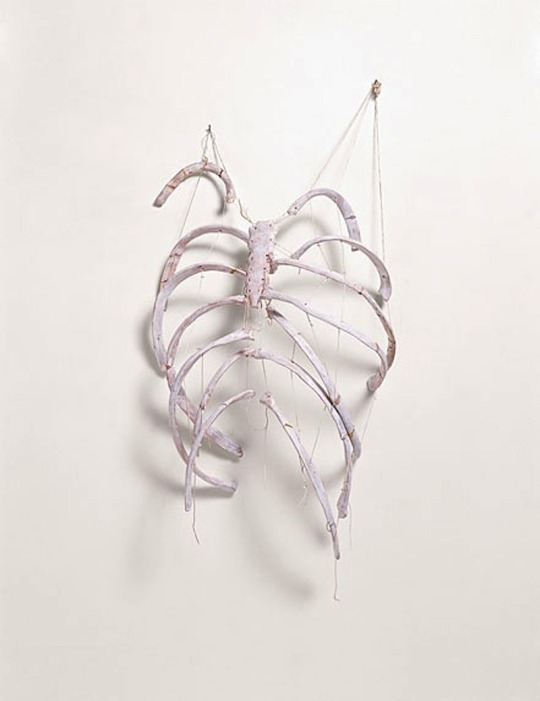The time is fast approaching when I must bid you all a temporary farewell as I go on maternity leave. Thank you to everyone who has come to my classes these past couple of years- It has been a real pleasure to teach you and to get to know you. You have taught me a huge amount and thank you for always coming to class with open-minds and a sense of fun!
I am still planning to teach until Friday 2nd December, however if this changes I will let you all know. If you’d like to drop-in to any of my classes before I go on leave then do let me know and I’ll do my best to fit you in.
For those of you based in Salisbury, I have some lovely cover teachers taking over some of my classes from 5th December onwards. These classes are:
Mondays 11.30-12.30 at Neal’s Yard (covered by Alison Sheeley)
Tuesdays 6-7pm at the Therapy Centre (covered by Lisa Mullineaux)
Wednesdays 11.30-12.30 at Neal’s Yard (covered by Lisa Mullineaux)
Fridays 11.30-12.30 at Neal’s Yard (covered by Lisa Mullineaux)
Fridays 9.30-10.30 Sport Direct Fitness (covered by Lisa Mullineaux)
Here’s a bit more information on the cover teachers:
Alison Sheeley 07766 544533 alison.sheeley@hotmail.com
Alison is a physiotherapist and spends much of her time teaching Pilates and Yoga as rehabilitation tools. She works at Sarum Physiotherapy Clinic and Amesbury Physiotherapy Clinic. As well as providing cover for local yoga teachers at Parkwood Gym, she teaches her own beginners yoga class. With a background in Ashtanga yoga, Alison teaches a flow class that is suitable for any ability.
*****
Lisa Mullineaux lisamxyoga@gmail.com 07528805984.
Lisa first practiced yoga over a decade ago and is a qualified Astanga and Hatha Yoga teacher, having completed her teacher training at the Himalaya Yoga Valley Centre in India (200 Hr).
Accommodating all levels, Lisa’s inclusive teaching style creates an environment of acceptance by offering a range of options, and the use of props – with a focus on alignment and adapting each posture to the individual – allowing students the freedom to discover their own bodies at their own pace.
Lisa was first drawn to the healing powers of yoga to help reduce pelvic pain caused by endometriosis but – like many others who initially come to yoga for the physical benefits – found a deeper appreciation of the practice, leaving each class with a clearer mind and a stronger sense of self.
In a chaotic world, we have the tendency to speed through life and forget about our wellbeing so Lisa encourages a meditative practice that will slow you down and help you to release the tension stored from daily life.
Lisa has a passion to share all that yoga has to offer with her students, and her classes are designed to build strength and improve flexibility, flowing with the breath to connect mind and body, leaving you relaxed and ready to take on the world!
www.lisamxyoga.com/
*****
Classes will be drop-in from w/c 5th December until Christmas to give you a chance to try out the classes, and then the 6 week courses will resume in the new year. Prices and timings will all remain the same. If you’d like to come along to any of the classes do let the relevant cover teacher know so they can save you a space.
All other classes will be on hold until I come back next year.
I wish you all a very (early!) happy Christmas and 2017. Keep up the practice, keep asking questions, and keep moving!







